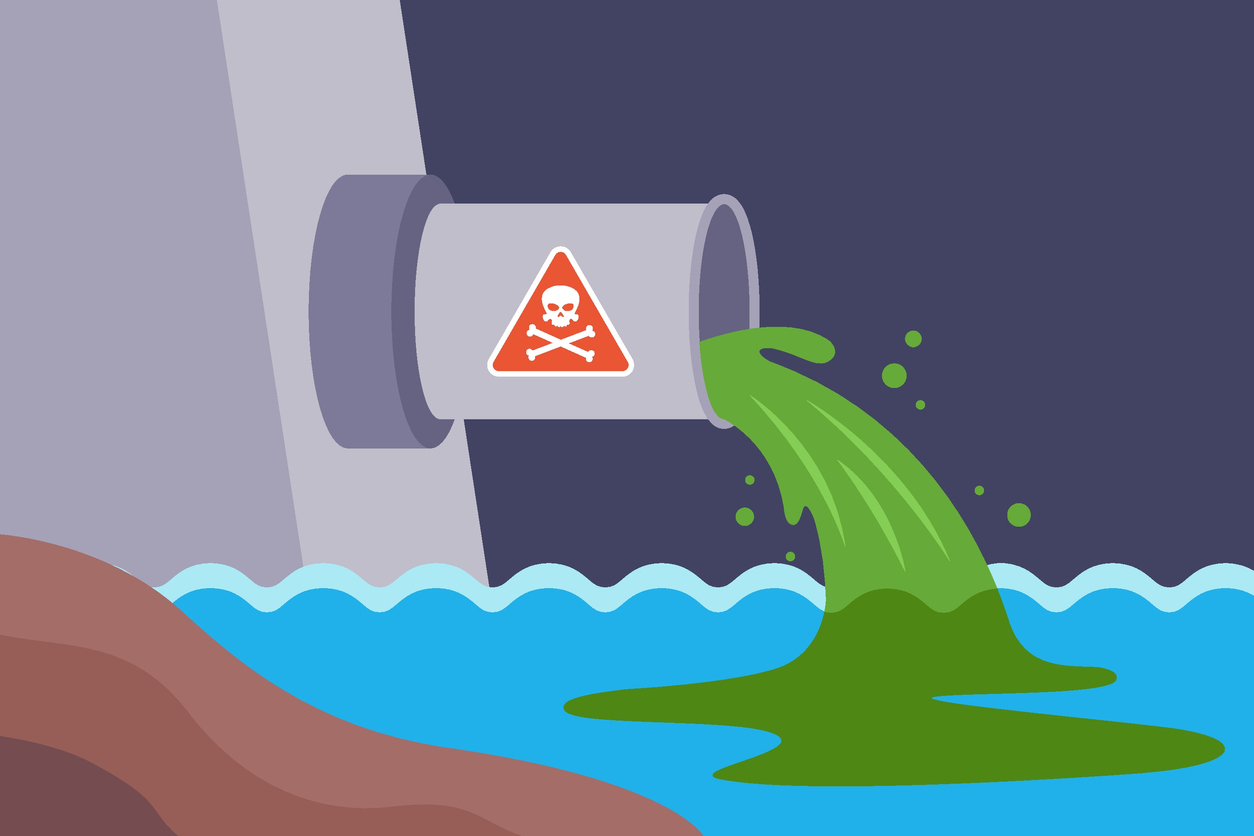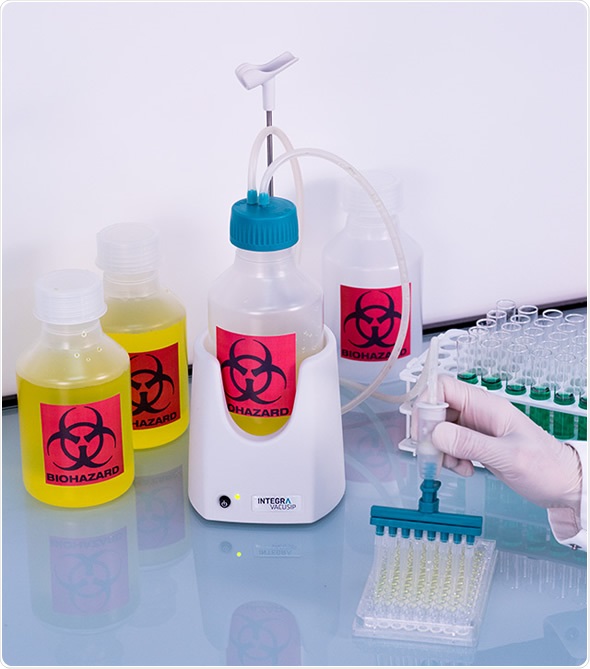Expert Liquid Waste Removal Melbourne: Quick and Affordable Providers
Expert Liquid Waste Removal Melbourne: Quick and Affordable Providers
Blog Article
Just How Fluid Waste Disposal Works: A Comprehensive Introduction of Methods and Technologies Used

Overview of Fluid Waste Types
The intricacy of liquid waste kinds demands a complete understanding of their characteristics and implications for disposal. Liquid waste can extensively be categorized right into several types, including industrial, local, farming, and unsafe waste. Each group shows distinct residential properties, requiring certain monitoring techniques to minimize environmental and health and wellness threats.
Industrial fluid waste stems from making processes and frequently contains a variety of impurities, such as hefty steels, solvents, and organic compounds. Metropolitan liquid waste, largely making up wastewater from homes and business establishments, includes raw material, nutrients, and pathogens (industrial wastewater treatment). Agricultural liquid waste, consisting of runoff from farms, may consist of plant foods, chemicals, and pet waste, presenting threats to water top quality and ecosystems
Harmful fluid waste is defined by its toxicity, reactivity, or potential to create injury. Understanding these varied liquid waste kinds is crucial for establishing reliable disposal techniques and guaranteeing compliance with ecological regulations.
Physical Treatment Approaches

Screening is the first action, where larger fragments and particles are eliminated from the fluid waste utilizing screens or grates. This procedure protects downstream tools from damages and makes certain smoother procedure. Complying with screening, sedimentation makes use of gravitational pressure to different solids from fluids. In sedimentation storage tanks, larger particles resolve at the bottom, developing a sludge layer, while the clarified liquid can be more dealt with.
Purification is an additional essential technique that involves passing the liquid with porous products, such as sand or membranes, to capture smaller sized particles. This step boosts the high quality of the fluid, making it ideal for succeeding treatment processes.

Chemical Treatment Strategies
Chemical therapy methods are necessary for effectively taking care of liquid waste, especially in resolving liquified and colloidal pollutants that physical methods may not sufficiently get rid of. These methods utilize different chemical agents to reduce the effects of, speed up, or change harmful materials into much less unsafe forms.
One common method is coagulation and flocculation, where chemicals such as alum or ferric chloride are included in read this advertise the aggregation of put on hold bits. This process boosts sedimentation, permitting for much easier removal of the resulting sludge. In addition, oxidation procedures, using representatives like chlorine or ozone, are utilized to damage down intricate organic substances and microorganisms, providing the waste more secure for discharge or further treatment.
Neutralization is one more crucial strategy, which adjusts the pH of acidic or alkaline waste streams to neutral degrees, protecting against prospective harm to downstream systems and the environment. Additionally, advanced oxidation procedures (AOPs) utilize combinations of oxidants and ultraviolet light to deteriorate relentless contaminants, attaining a higher level of treatment effectiveness.
Organic Treatment Processes
Biological treatment processes play a critical duty in the management of liquid waste by making use of bacteria to decompose natural matter and lower impurity levels. These processes can be broadly categorized into anaerobic and aerobic therapies, each utilizing certain microbial neighborhoods to accomplish reliable waste degradation.
Aerobic therapy entails making use of oxygen to facilitate the breakdown of organic products by bacteria. This process is typically carried out in activated sludge systems, where aeration storage tanks supply a conducive environment for microbial development, resulting in the oxidation of organic toxins. The official source resultant biomass can be divided from dealt with effluent with sedimentation.
On the other hand, anaerobic treatment takes place in the lack of oxygen, depending on various microorganisms to damage down natural issue. This method is particularly advantageous for high-strength waste, as it creates biogas, a renewable resource resource, while reducing sludge manufacturing. Technologies such as anaerobic digesters are often used in community and commercial applications.
Both anaerobic and cardio organic therapies not only minimize the environmental effect of liquid waste however likewise promote resource recuperation, making them important parts of lasting waste management strategies. Their efficiency, effectiveness, and adaptability sustain their prevalent execution across numerous markets.
Arising Technologies in Disposal
Innovative approaches to liquid waste disposal are quickly developing, driven by developments in innovation and a boosting emphasis on sustainability. Among these emerging innovations, membrane layer bioreactors (MBRs) have gotten traction for their capacity to incorporate biological treatment with membrane layer filtration, causing high-grade effluent that can be reused in numerous applications. MBRs allow smaller impacts and more reliable procedures compared to typical systems.
Another promising advancement is making use of anaerobic food digestion incorporated with nutrient recuperation technologies, which not only treats liquid waste yet also generates biogas and recuperates beneficial nutrients like nitrogen and phosphorus. This dual benefit enhances resource performance and reduces environmental influence.
In addition, advanced oxidation procedures (AOPs) are being adopted for the deterioration of intricate organic toxins. These methods use powerful oxidants and drivers to break down contaminants at the molecular degree, providing a very effective service for difficult waste streams.
Furthermore, the combination of man-made knowledge and artificial intelligence in waste management systems is optimizing operational effectiveness and predictive upkeep, resulting in reduced expenses and boosted environmental compliance. These technologies show a considerable shift towards more efficient and lasting fluid garbage disposal practices.
Verdict
Finally, effective fluid garbage disposal additional info requires a comprehensive understanding of different strategies and technologies. The assimilation of physical, chemical, and biological therapy techniques makes certain the reliable administration of varied waste kinds. In addition, the appearance of innovative technologies boosts therapy efficacy and advertises sustainability in waste management methods. By constantly progressing these methodologies, it ends up being feasible to address the growing obstacles connected with fluid waste, ultimately contributing to environmental security and source healing.
Fluid waste disposal is a vital facet of environmental monitoring, calling for an extensive understanding of numerous methods and modern technologies customized to various waste kinds. Fluid waste can generally be categorized into several types, including commercial, metropolitan, farming, and dangerous waste. Agricultural fluid waste, including overflow from farms, may consist of fertilizers, pesticides, and animal waste, presenting risks to water quality and communities.
Various physical treatment methods play an important function in handling fluid waste successfully - industrial wastewater treatment.In verdict, effective fluid waste disposal demands an extensive understanding of different techniques and modern technologies
Report this page